From Differentiation to Concretisation: Integrative Experiments in Sustainable Architecture
Abstract
1. Introduction
2. Feenberg’s Critical Theory of Technology
3. Theory into Practice, Practice into Theory
3.1. From Decontextualisation to Systemisation
The Nottingham House
3.2. From Reductionism to Mediation
The Straw Bale Café
3.3. From Automisation to Vocation
Noah’s Ark Nursery School
3.4. From Positioning to Initiative
The Rochester Roundhouse
4. Towards Concrete Design Practices
5. Conclusions
Supplementary Materials
Supplementary File 1Conflicts of Interest
References
- Moore, S.A.; Karvonen, A. Sustainable Architecture in Context: STS and Design Thinking. Sci. Stud. 2008, 21, 29–46. [Google Scholar]
- Owen, C.; Dovey, K. Fields of sustainable architecture. J. Archit. 2008, 13, 9–21. [Google Scholar] [CrossRef]
- Peters, T. Social sustainability in context: Rediscovering Ingrid Gehl’s Bo-miljø. Archit. Res. Q. 2017, 20, 371–380. [Google Scholar] [CrossRef]
- Hopwood, B.; Mellor, M.; O’Brien, G. Sustainable development: Mapping different approaches. Sustain. Dev. 2005, 13, 38–52. [Google Scholar] [CrossRef]
- Jenks, M.; Dempsey, N. (Eds.) Future Forms and Design for Sustainable Cities; Architectural Press: Amsterdam, The Netherlands, 2005. [Google Scholar]
- Bramley, G.; Dempsey, N.; Power, S.; Brown, C.; Watkins, D. Social sustainability and urban form: Evidence from five British cities. Environ. Plan. A 2009, 41, 2125–2142. [Google Scholar] [CrossRef]
- Bramley, G.; Power, S. Urban form and social sustainability: The role of density and housing type. Environ. Plan. B Plan. Des. 2009, 36, 30–48. [Google Scholar] [CrossRef]
- Chiu, R.L.H. Social sustainability, sustainable development and housing development: The experience of Hong Kong. In Housing and Social Change. East-West Perspectives; Forrest, R., Lee, J., Eds.; Routledge: New York, NY, USA; London, UK, 2003. [Google Scholar]
- Colantonio, A.; Dixon, T. Social sustainability and sustainable communities: Towards a conceptual framework. In Urban Regeneration and Social Sustainability. Best Practice from European Cities; Colantonio, A., Dixon, T., Eds.; Wiley-Blackwell: London, UK, 2010. [Google Scholar]
- Dempsey, N.; Bramley, G.; Power, S.; Brown, C. The Social Dimension of Sustainable Development: Defining urban social sustainability. Sustain. Dev. 2011, 19, 289–300. [Google Scholar] [CrossRef]
- Jensen, J.O.; Jørgensen, M.S.; Elle, M.; Lauridsen, E.H. Has social sustainability left the building? The recent conceptualization of ‘sustainability’ in Danish buildings. Sustain. Sci. Pract. Policy 2012, 8, 94–105. [Google Scholar] [CrossRef]
- Farmer, G.; Guy, S. Hybrid environments: The spaces of sustainable design. In Sustainable Architectures: Cultures and Natures in Europe and North America; Guy, S., Moore, S., Eds.; Routledge: London, UK, 2005; pp. 15–30. [Google Scholar]
- Janda, K.B.; Parag, Y. A middle-out approach for improving energy performance in buildings. Build. Res. Inf. 2013, 41, 39–50. [Google Scholar] [CrossRef]
- Schweber, L.; Leiringer, R. Beyond the technical: A snapshot of energy and buildings research. Build. Res. Inf. 2012, 40, 481–492. [Google Scholar] [CrossRef]
- Summerfield, A.J.; Lowe, R. Challenges and future directions for energy and buildings research. Build. Res. Inf. 2012, 40, 391–400. [Google Scholar] [CrossRef]
- Feenberg, A. Questioning Technology; Routledge: New York, NY, USA, 1999. [Google Scholar]
- Feenberg, A. Transforming Technology: A Critical Theory Revisited; Oxford University Press: Oxford, UK, 2002. [Google Scholar]
- Feenberg, A. Critical Theory of Technology: An Overview. Tailoring Biotechnol. 2005, 1, 47–64. [Google Scholar]
- Veak, T. Democratizing Technology: Andrew Feenberg’s Critical Theory of Technology; SUNY Press: Albany, NY, USA, 2006. [Google Scholar]
- Feng, P.; Feenberg, A. Thinking about design: Critical theory of technology and the design process. In Philosophy and Design: From Engineering to Architecture; Vermaas, P.E., Kroes, P.A., Light, A., Moore, S.A., Eds.; Springer: New York, NY, USA, 2008; pp. 105–118. [Google Scholar]
- Achterhuis, H.; Feenberg, A. Farewell to dystopia. In American Philosophy of Technology: The Empircal Turn; Achterhuis, H., Ed.; Indiana University Press: Bloomington, IN, USA, 2001; pp. 65–93. [Google Scholar]
- Mitcham, C. Dasein versus Design: The Problematics of Turning Making into Thinking. Int. J. Technol. Des. Educ. 2001, 11, 27–36. [Google Scholar] [CrossRef]
- Mitcham, C. Thinking Re-Vernacular Building. Des. Issues 2005, 21, 32–40. [Google Scholar] [CrossRef]
- Feenberg, A. Critical Theory of Technology: An Overview. In Information Technology in Librarianship: New Critical Approaches; Leckie, G., Buschman, J., Eds.; Libraries Unlimited: Westport, CT, USA, 2008; pp. 31–46. [Google Scholar]
- See Ford, B.; Schiano-Phan, R.; Francis, E. (Eds.) The Architecture and Engineering of Downdraught Cooling: A Design Source Book; PHDC Press: Nottingham, UK, 2010. [Google Scholar]
- Guy, S.; Shove, E. The Sociology of Energy, Buildings and the Environment: Constructing Knowledge, Designing Practice; Routledge: London, UK, 2000. [Google Scholar]
- Guy, S.; Farmer, G. Reinterpreting Sustainable Architecture: The Place of Technology. J. Archit. Educ. 2001, 54, 140–148. [Google Scholar] [CrossRef]
- Mitcham, C. Ethics into design. In Discovering Design: Explorations in Design Studies; Buchanan, R., Margolin, V., Eds.; University of Chicago Press: Chicago, IL, USA, 1995; pp. 173–189. [Google Scholar]
- Borgmann, A. The depth of design. In Discovering Design: Explorations in Design Studies; Buchanan, R., Margolin, V., Eds.; University of Chicago Press: Chicago, IL, USA, 1995; pp. 13–22. [Google Scholar]
- Feenberg, A. From essentialism to constructivism: Philosophy of technology at the crossroads. In Technology and the Good Life? Higgs, E., Light, A., Strong, D., Eds.; University of Chicago Press: Chicago, IL, USA, 2000; pp. 294–315. [Google Scholar]
- Steen, A.S. The Straw Bale House; Chelsea Green: White River Junction, VT, USA, 1994. [Google Scholar]
- Stevenson, F.; Leaman, A. Evaluating housing performance in relation to human behaviour: New challenges. Build. Res. Inf. 2010, 38, 437–441. [Google Scholar] [CrossRef]
- Fisher, T.R. In the Scheme of Things. Alternative Thinking on the Practice of Architecture; University of Minnesota Press: Minneapolis, MN, USA, 2000. [Google Scholar]
- Minteer, B. The Landscape of Reform: Civic Pragmatism and Environmental Thought in America; MIT Press: Cambridge, MA, USA, 2006. [Google Scholar]
- Blundell Jones, P.; Petrescu, P.; Till, J. (Eds.) Architecture and Participation; Taylor and Francis: Abingdon, UK, 2005. [Google Scholar]
- Norton, B. Integration or reduction: Two approaches to environmental values. In Environmental Pragmatism; Light, A., Katz, E., Eds.; Routledge: Abingdon, UK, 1996. [Google Scholar]
- Light, A. Contemporary environmental ethics. In The Environmental Responsibility Reader; Reynolds, M., Blakemore, C., Smith, M.J., Eds.; Zed Books: London, UK, 2009. [Google Scholar]
- Light, A. Compatibilism in environmental policy. In Environmental Pragmatism; Light, A., Katz, E., Eds.; Routledge: Abingdon, UK, 1996. [Google Scholar]
- Ramsay, J. Jouberton School. In Intercultural Interaction in Architectural Education; Mull, R., Ed.; London Metropolitan University: London, UK, 2011; pp. 40–42. [Google Scholar]
- Bell, B. (Ed.) Good Deeds, Good Design: Community Service through Architecture; Princeton Architectural Press: New York, NY, USA, 2004. [Google Scholar]
- Rorty, R. Achieving Our Country: Leftist Thought in Twentieth-Century America; Harvard University Press: Cambridge, MA, USA, 1998. [Google Scholar]
- Sunikka-Blank, M.; Galvin, R. Introducing the prebound effect: The gap between performance and actual energy consumption. Build. Res. Inf. 2012, 40, 260–273. [Google Scholar] [CrossRef]
- Cole, R.J.; Robinson, J.; Brown, Z.; O’Shea, M. Re-contextualizing the notion of comfort. Build. Res. Inf. 2008, 36, 323–336. [Google Scholar] [CrossRef]
- Farmer, G.; Guy, S. Making Morality: Sustainable Architecture and the Pragmatic Imagination. Build. Res. Inf. 2010, 38, 368–378. [Google Scholar] [CrossRef]
- Rohracher, H. Social Research on Energy-Efficient Building Technologies. In Sustainable Architectures: Cultures and Natures in Europe and North America; Guy, S., Moore, S., Eds.; Taylor and Francis: Abingdon, UK, 2005. [Google Scholar]
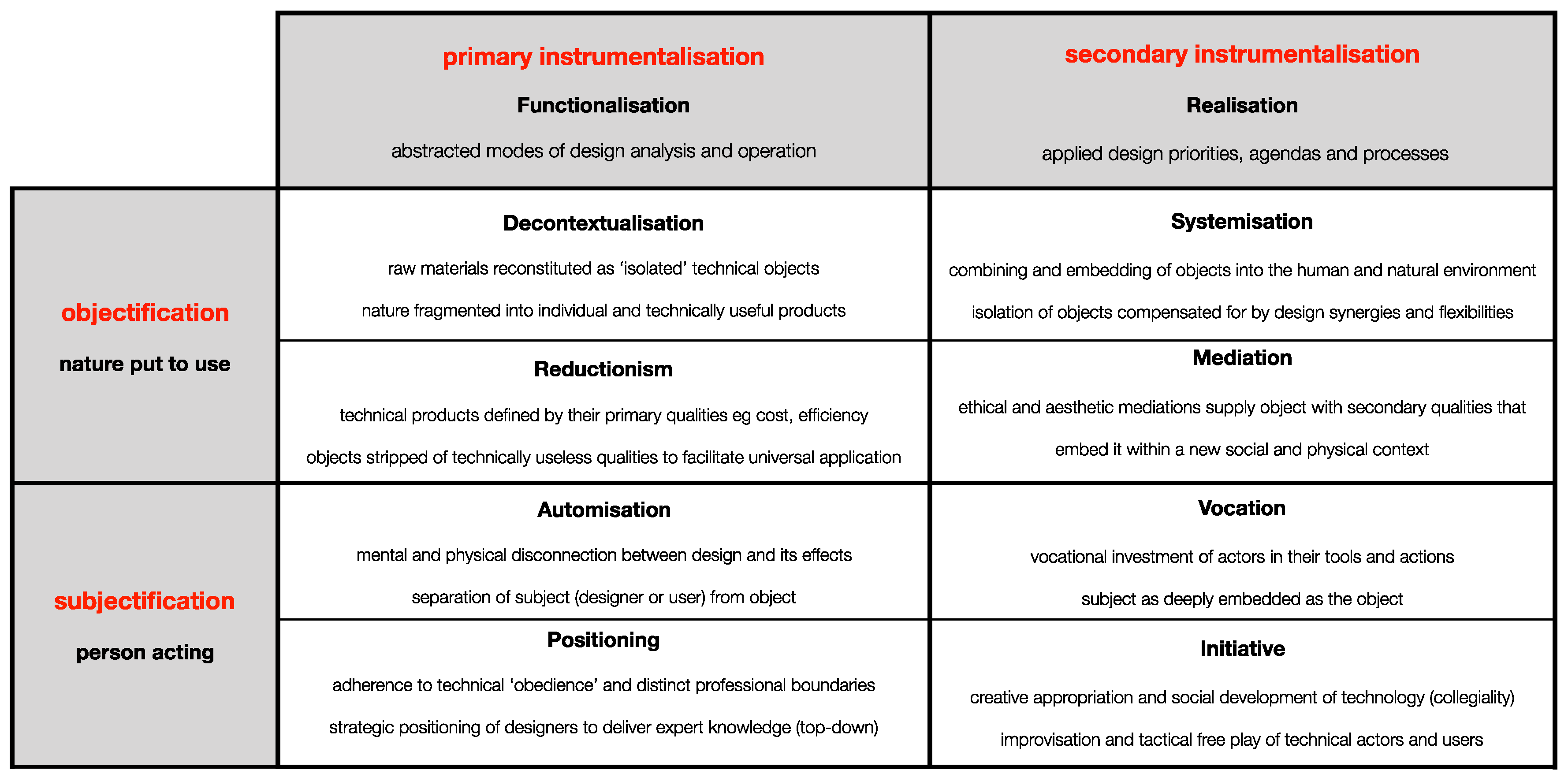
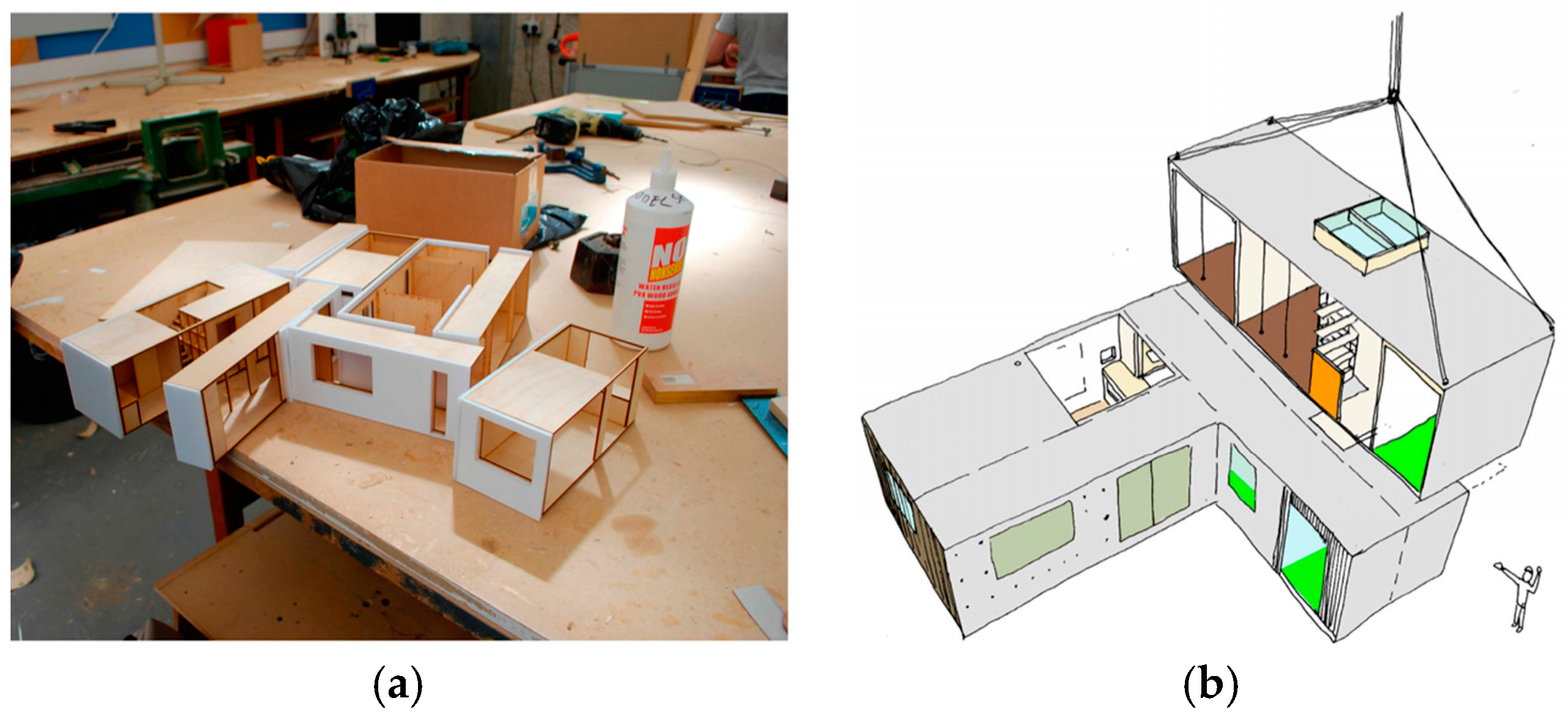
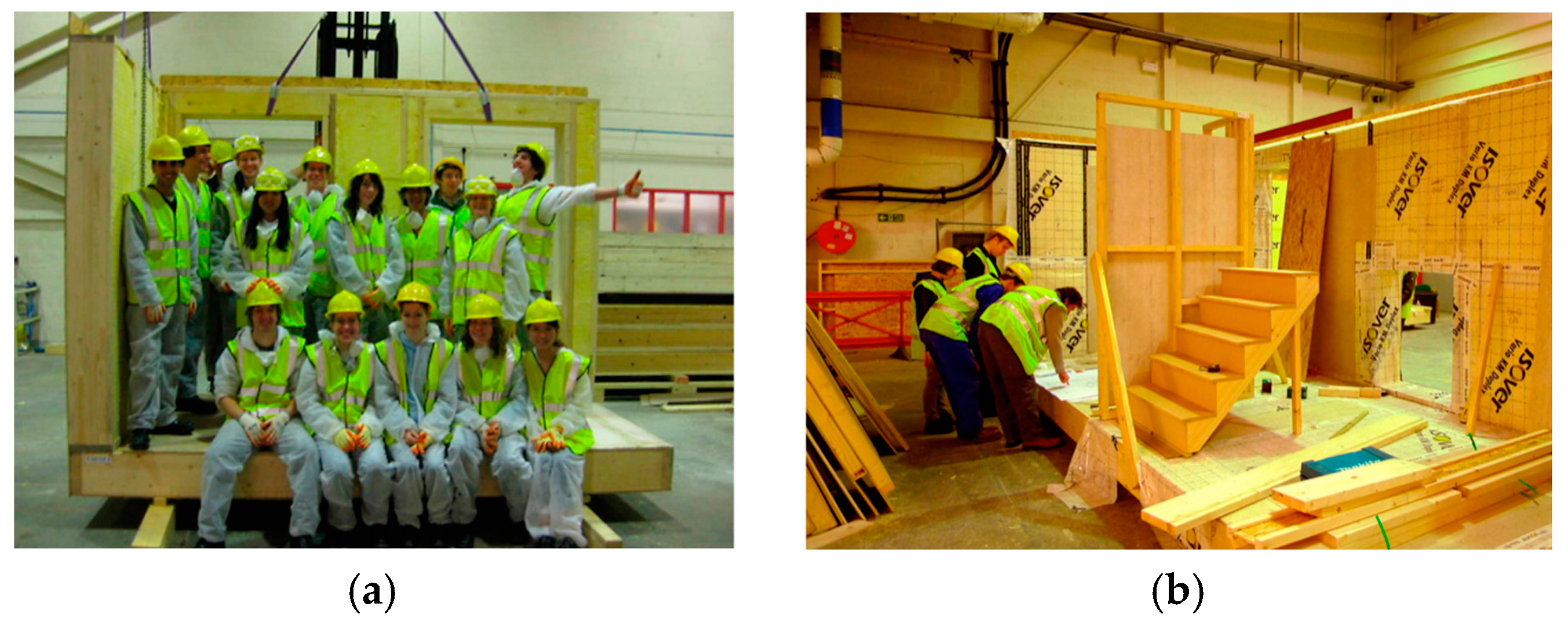
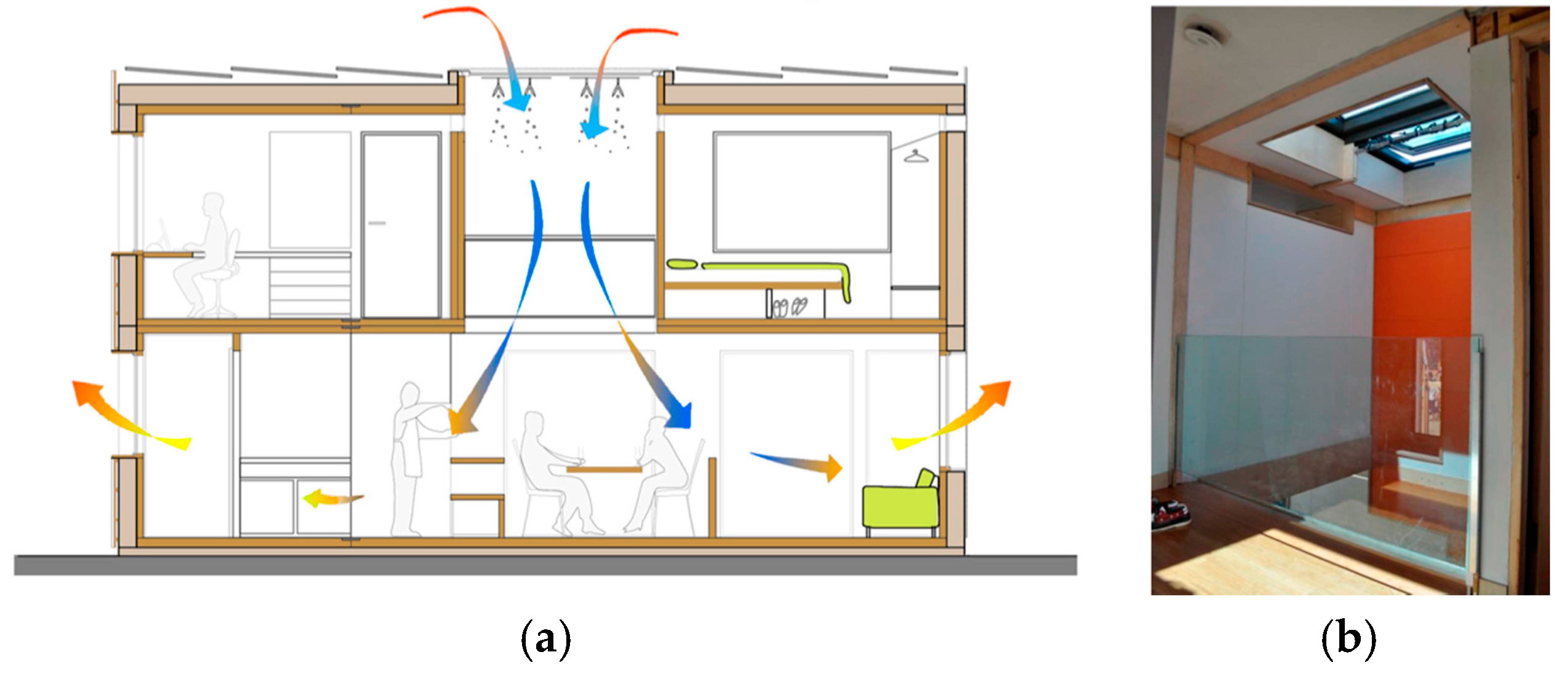
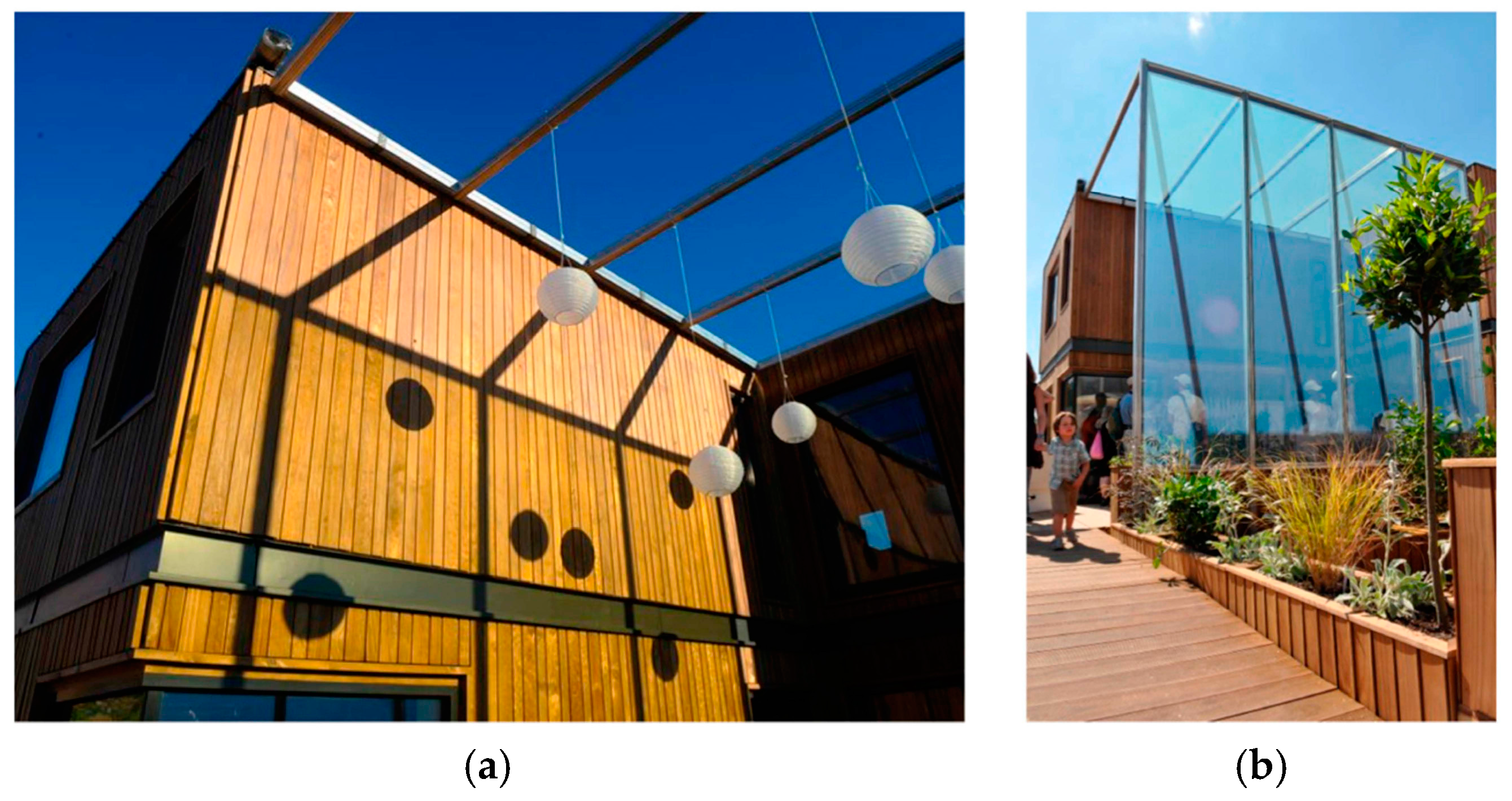
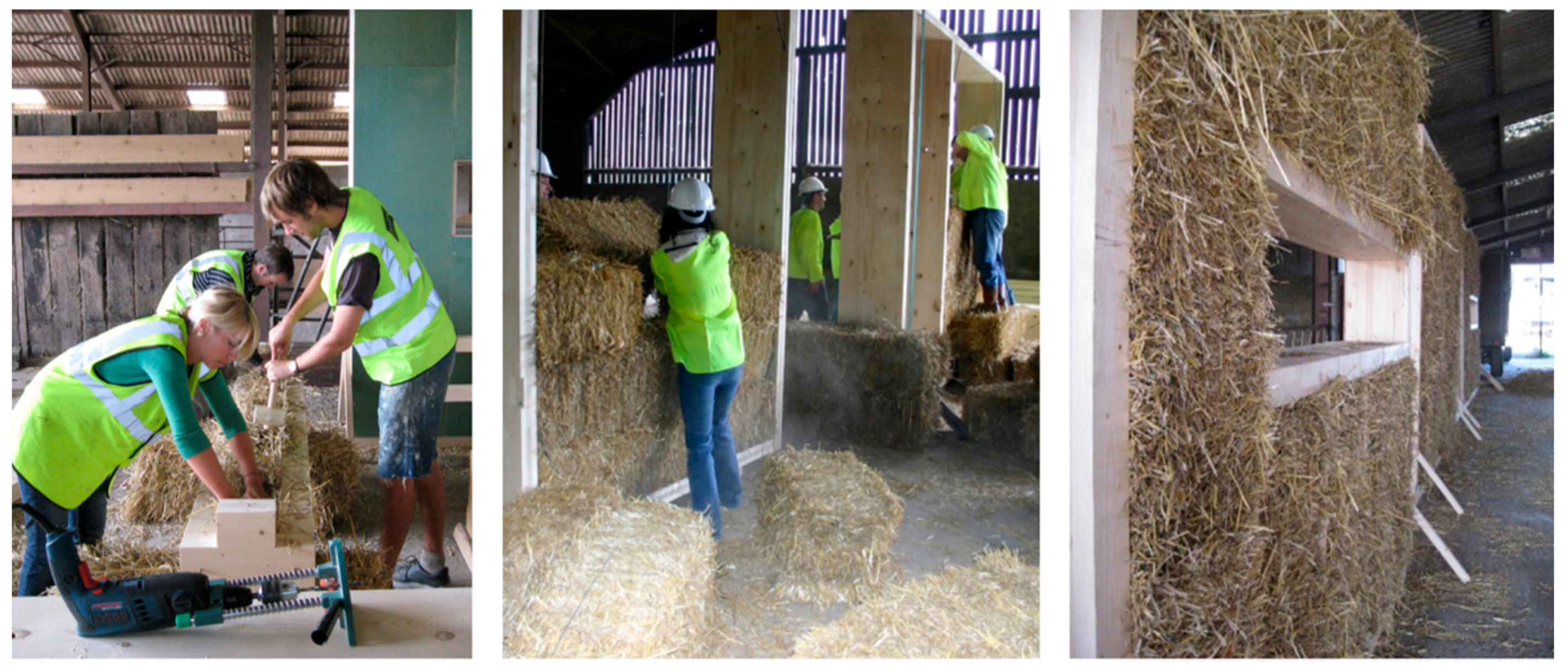
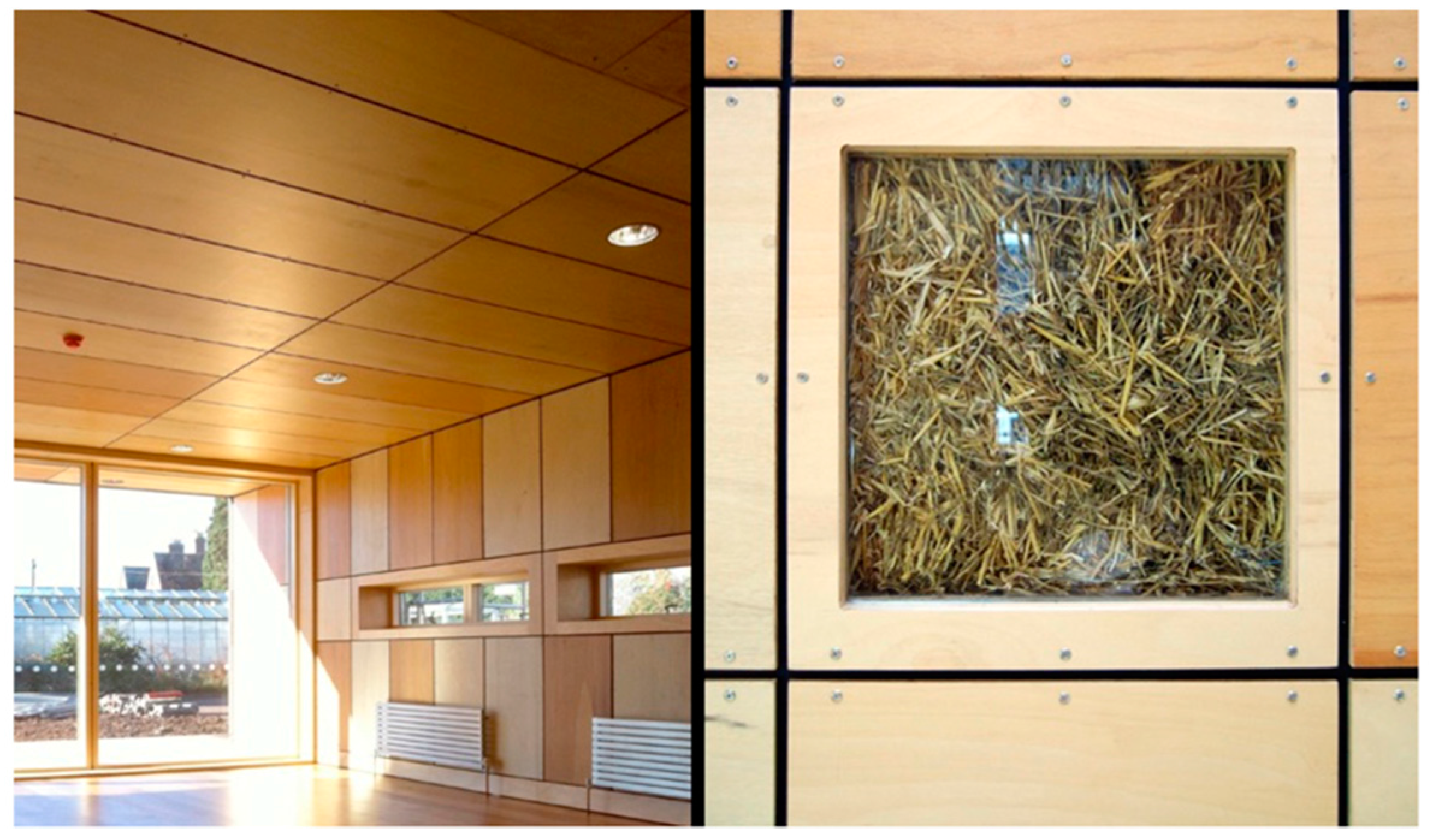
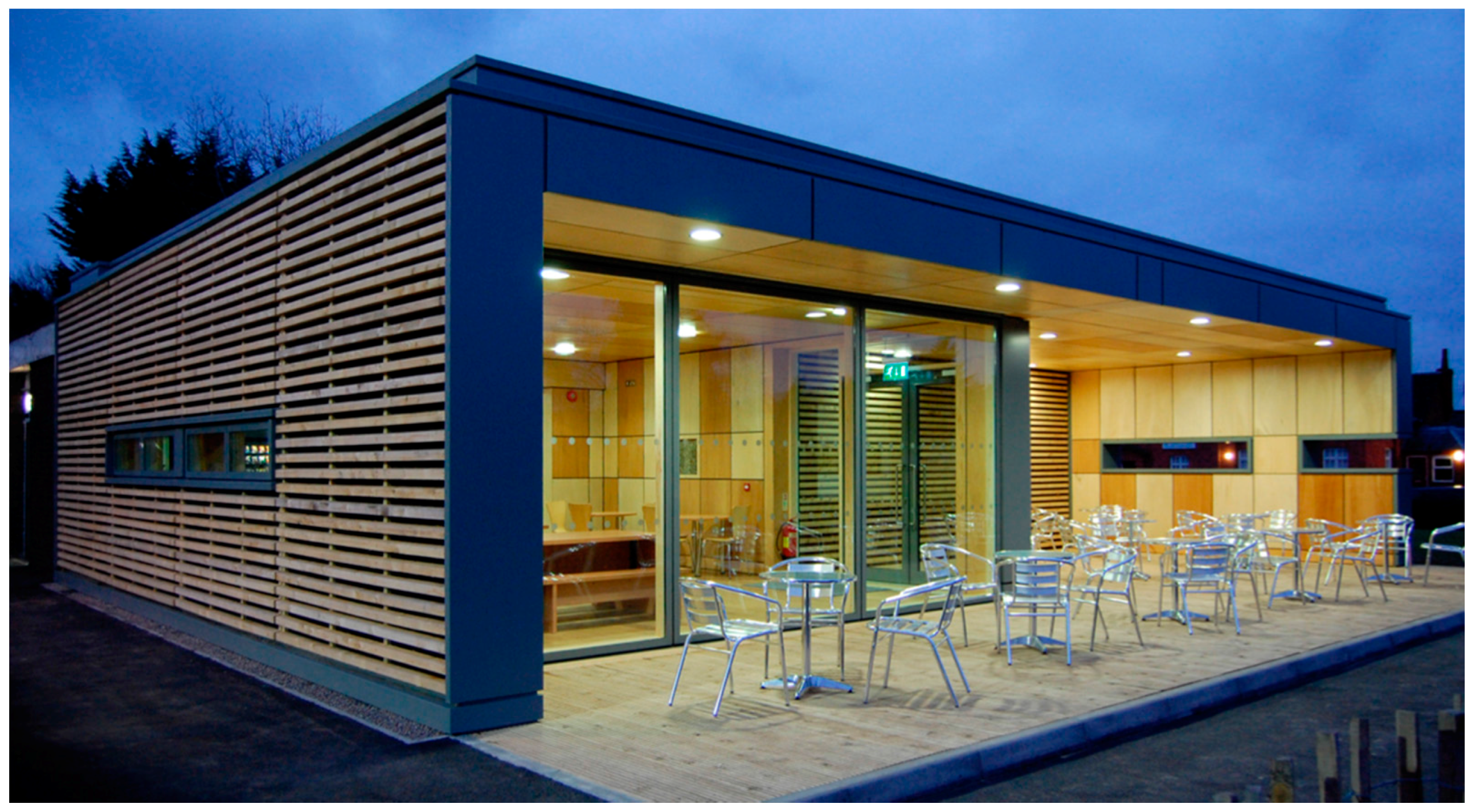
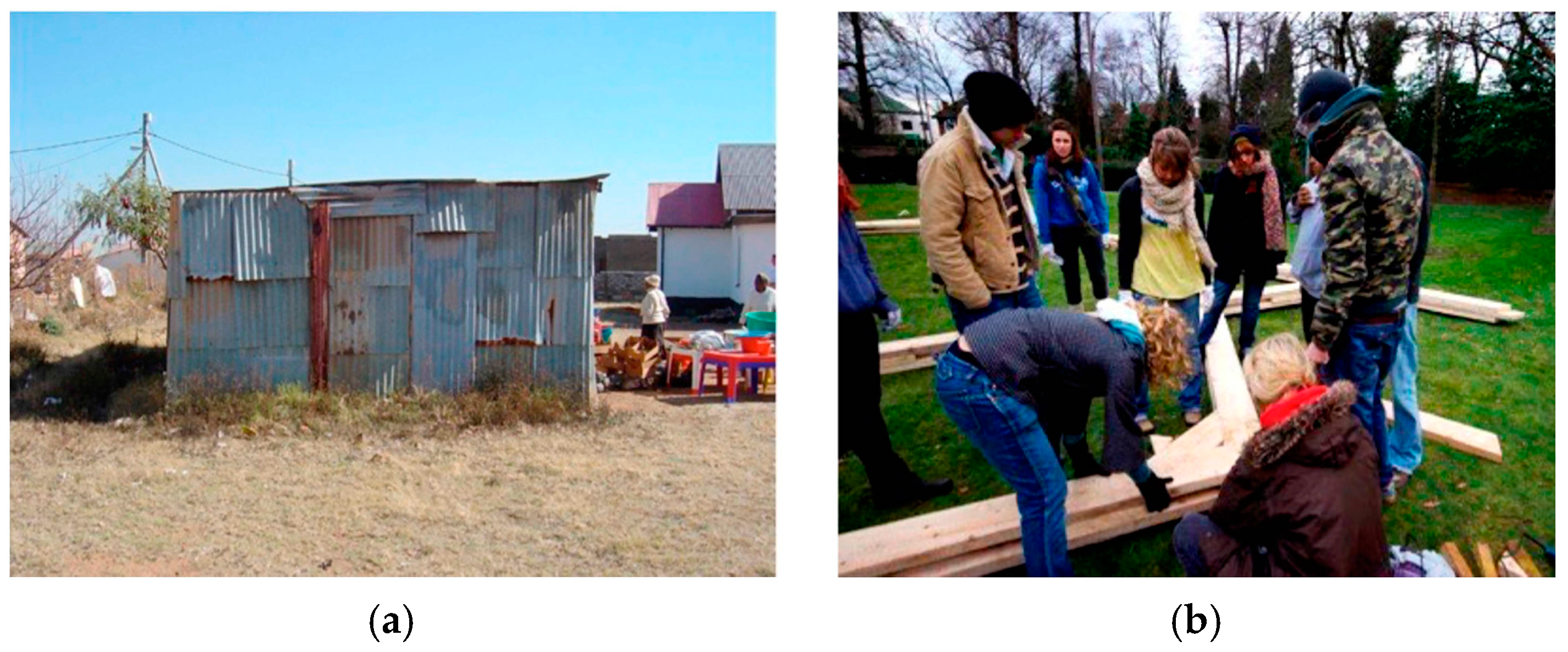
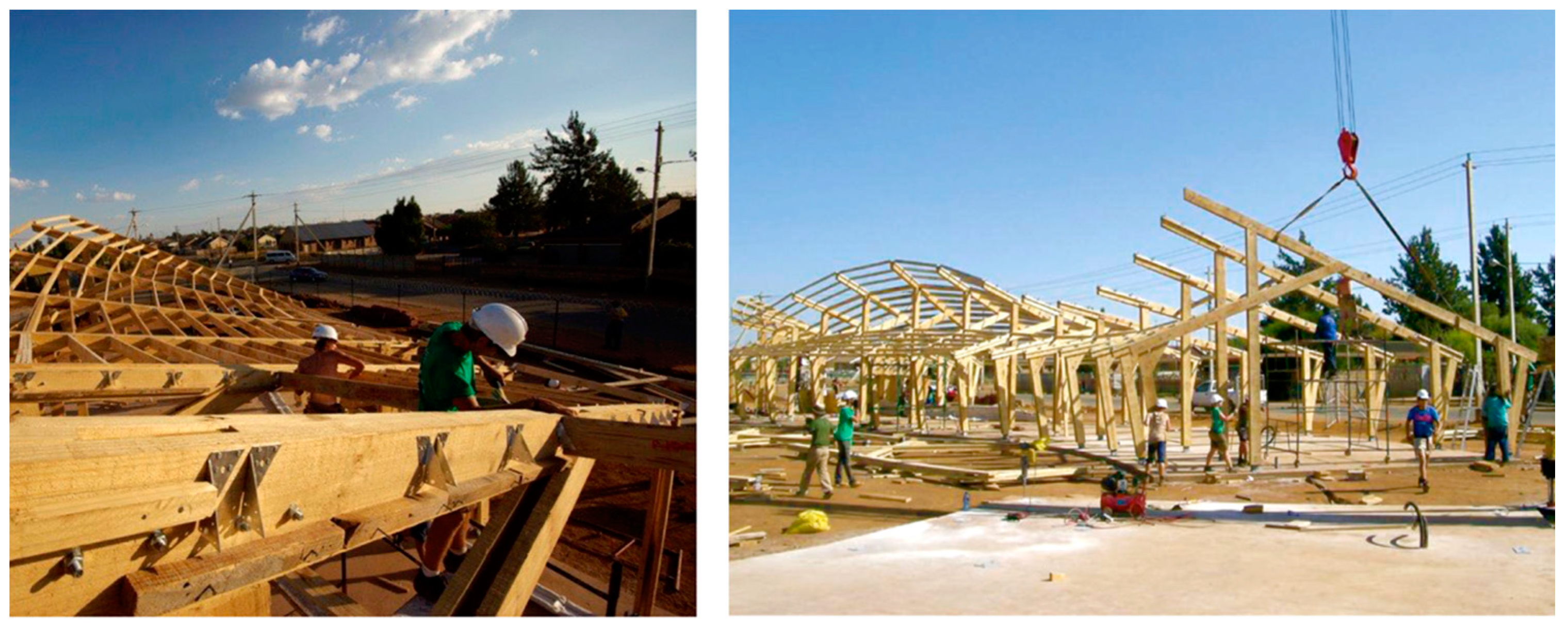
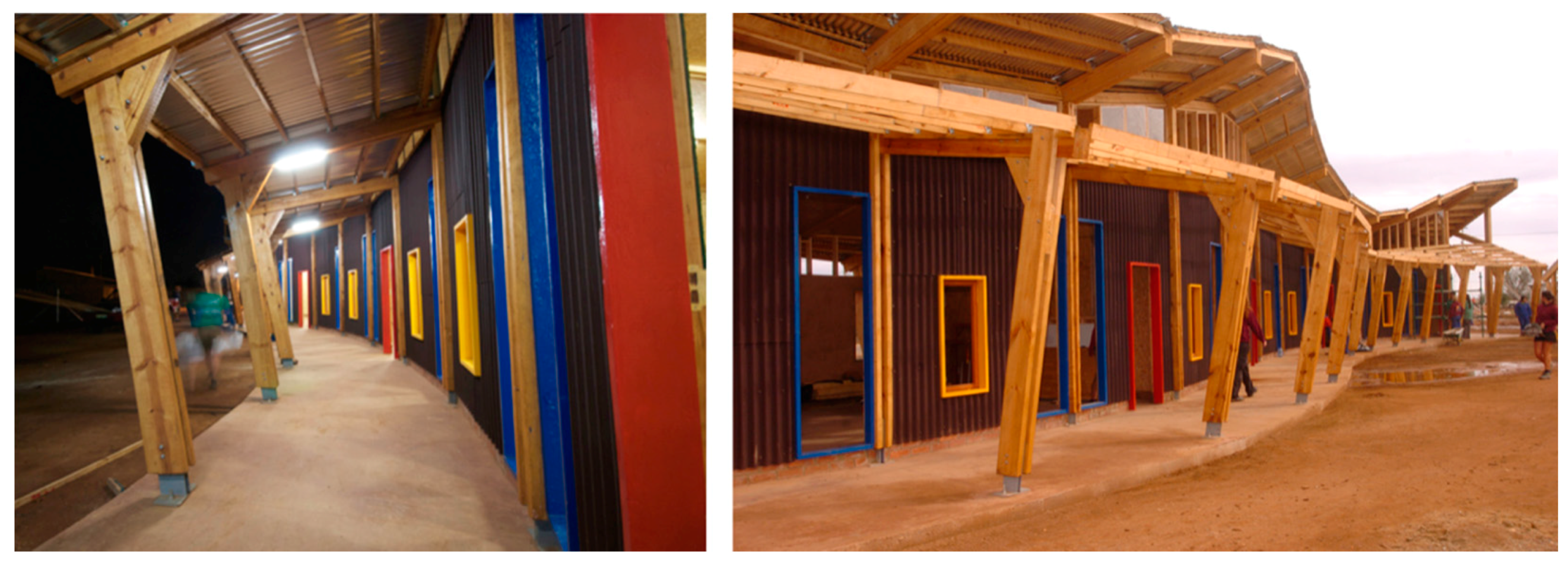
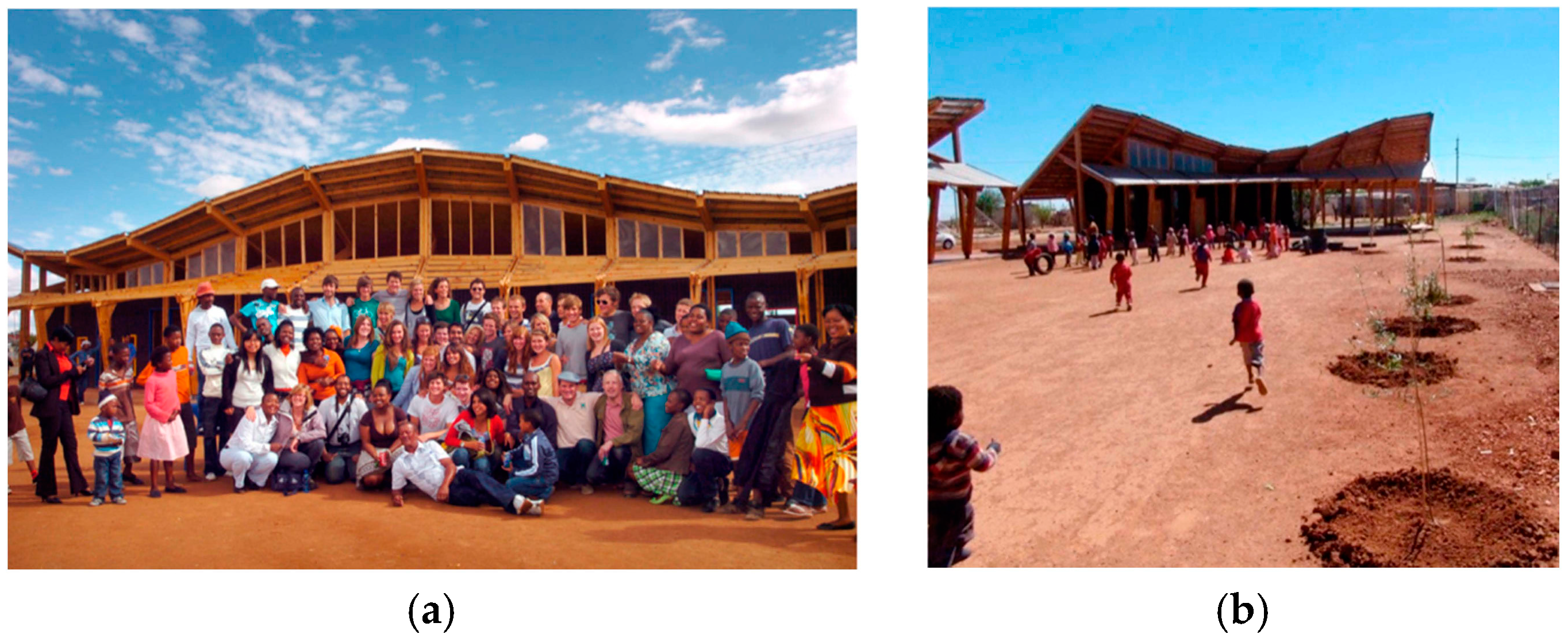
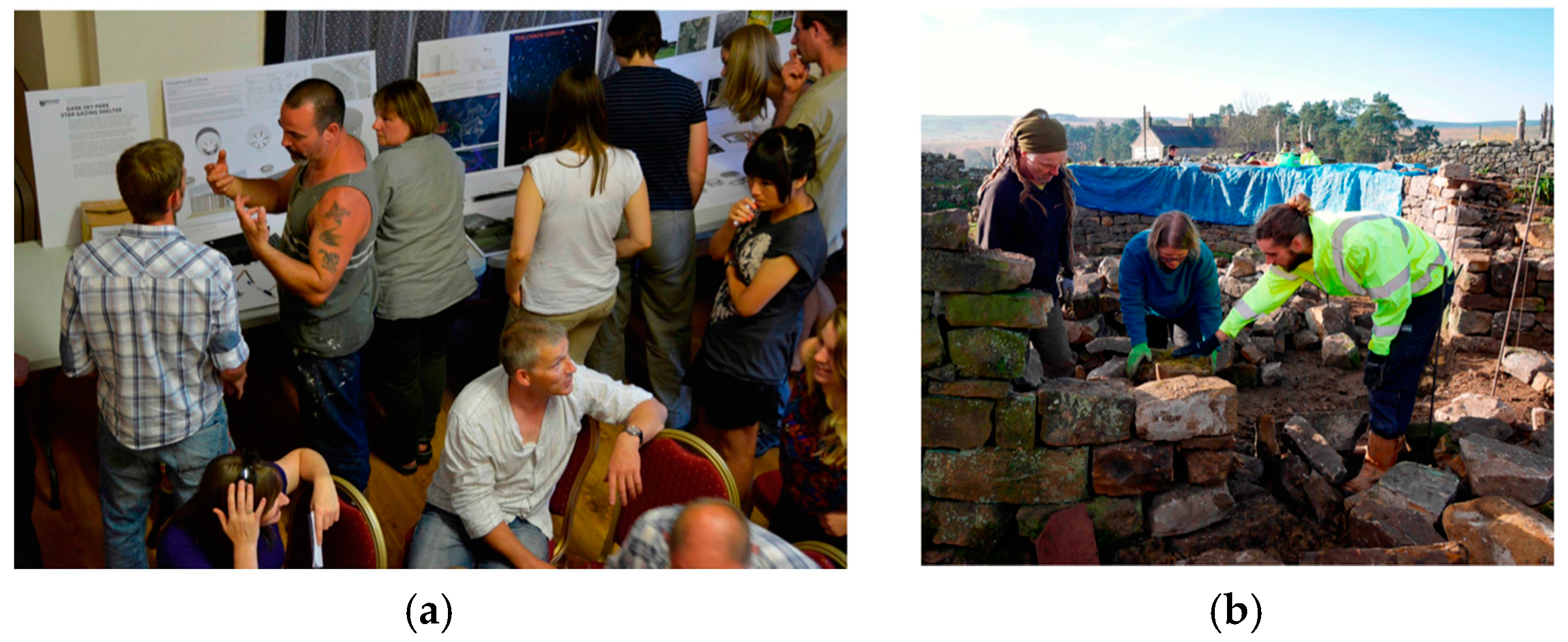
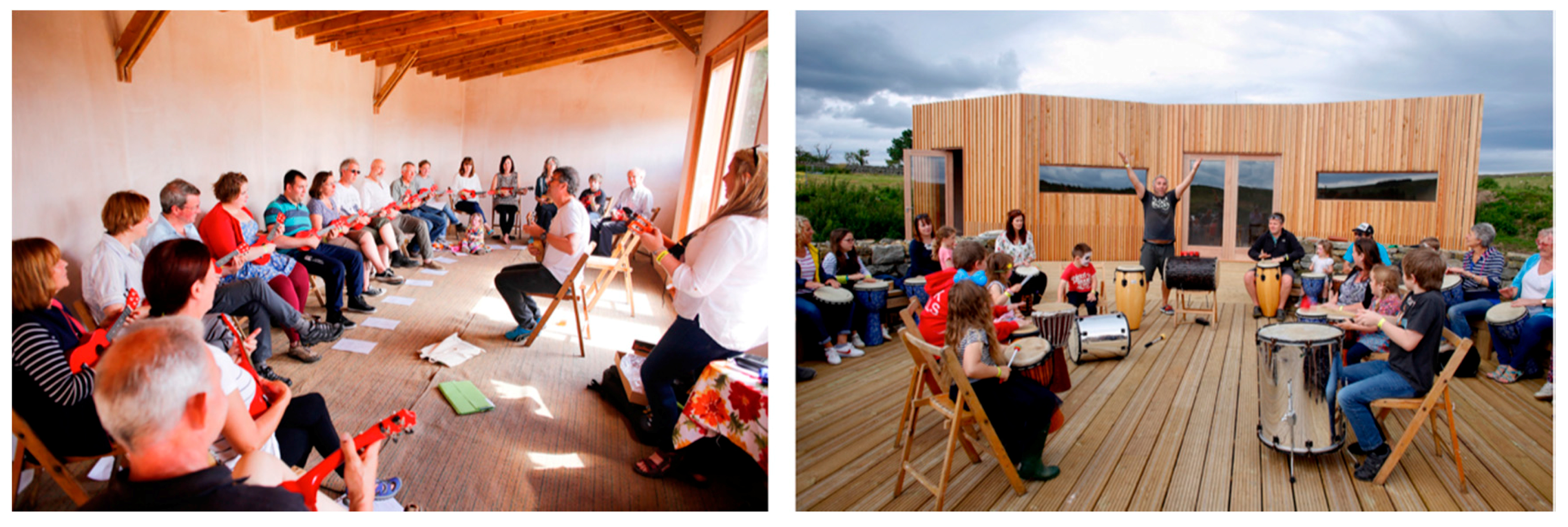
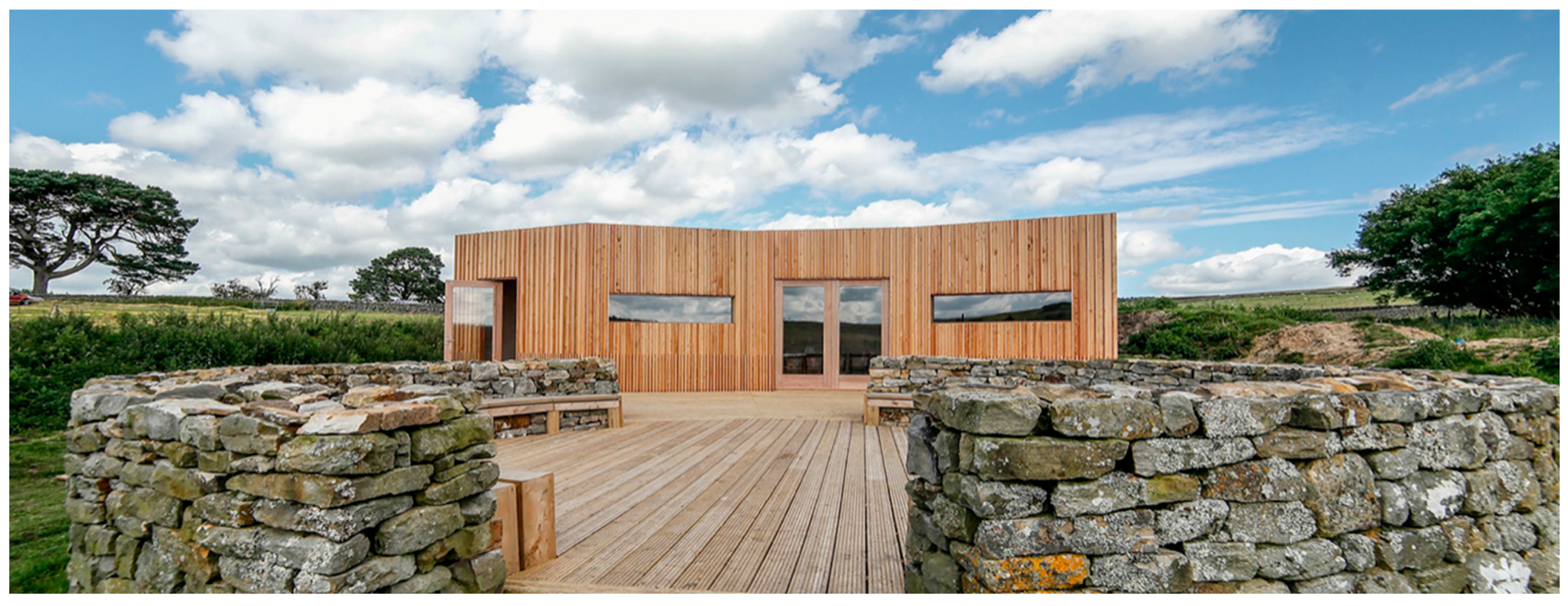
© 2017 by the author. Licensee MDPI, Basel, Switzerland. This article is an open access article distributed under the terms and conditions of the Creative Commons Attribution (CC BY) license (http://creativecommons.org/licenses/by/4.0/).
Share and Cite
Farmer, G. From Differentiation to Concretisation: Integrative Experiments in Sustainable Architecture. Societies 2017, 7, 35. https://doi.org/10.3390/soc7040035
Farmer G. From Differentiation to Concretisation: Integrative Experiments in Sustainable Architecture. Societies. 2017; 7(4):35. https://doi.org/10.3390/soc7040035
Chicago/Turabian StyleFarmer, Graham. 2017. "From Differentiation to Concretisation: Integrative Experiments in Sustainable Architecture" Societies 7, no. 4: 35. https://doi.org/10.3390/soc7040035
APA StyleFarmer, G. (2017). From Differentiation to Concretisation: Integrative Experiments in Sustainable Architecture. Societies, 7(4), 35. https://doi.org/10.3390/soc7040035



